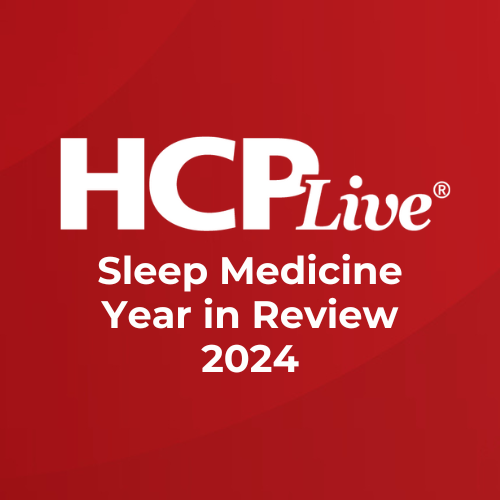Article
Ligelizumab Improves Sleep and Disease Burden in CSU Patients
Author(s):
The biologic sustained responses in managing sleep interference with numerically higher responses than omalizumab.
Ana Giménez-Arnau, MD, PhD

A new investigation into ligelizumab found that the biologic was effective and sustained responses in managing sleep interference in patients with chronic spontaneous urticaria, with numerically higher responses than omalizumab or placebo.
Significant sleep interference has been associated with CSU, occurring at double the rate of that seen in age- and sex-matched controls without the condition (58% vs. 37.7%, p<0.001). Disease activity has also been recorded as worsening during urticaria flare-ups in patients with sleep interference.
Furthermore, a recent online survey of European patients with chronic urticaria revealed that participants were most commonly bothered by symptoms in the evening (34%) and night (23%), with roughly 48% of sleep disturbances not being adequately addressed.
Investigators led by Ana Giménez-Arnau, MD, PhD, Hospital del Mar Medical Research Institute Foundation, Barcelona, provided a sub-analysis from a phase 3b core study and an extension study that evaluated sleep, activity interference, dermatology quality of life, and impact on work in patients with CSU treated with ligelizumab and omalizumab versus placebo.
The Methods
The double-blind, active- and placebo-controlled phase 2b study included adult patients with moderate-to-severe CSU that was defined by weekly urticaria activity score [UAS7] ≥16 on a scale from 0 to 42.
Participants were randomized 2:2:2:1 ratio to receive ligelizumab 72 or 240 mg, omalizumab 300 mg, or placebo every 4 weeks for 5 injections.
The extension study was an open-label, single-arm, long-term safety phase 2b extension for patients who completed the core study and had UAS7 ≥12 at Week 32.
An open-label treatment period, which included 0-52 weeks of lgelizumab 240 mg every 4 weeks for 13 treatment cycles, and a treatment-free follow-up period until week 100.
A total of 297 patients were included in the core study and were divided into the ligelizumab 72 mg (n=84), ligelizumab 240 mg (85), omalizumab 300 mg (n=85) and placebo (n=43) groups.
From there, Weekly Sleep Interference Scores (SIS7, range 0 [no interference]–21 [substantial interference]), Weekly Activity Interference Score (AIS7), Dermatology Life Quality Index (DLQI) scores, and Overall Work Impairment were assessed.
The Findings
Investigators balanced mean baseline SIS7 scores between the treatment arms for ligelizumab 72 mg (n = 84) and 240 mg (n = 85), omalizumab 300 mg (n = 85), and placebo (n = 43).
By Week 12, patients experienced significant improvements in sleep interference, with least square mean changes from baseline (CFB) in SIS7 of −7.84 (0.58), −7.55 (0.61), −6.98 (0.60), and −5.85 (0.81), respectively.
In the same week, CFB in AIS7 were −8.25 (0.57), −8.25 (0.59), −7.30 (0.60), and −5.62 (0.79), DLQI scores were −9.79 (0.77), −9.93 (0.81), −8.35 (0.79), and −6.99 (1.11), and the Overall Work Impairment scores were −28.96 (3.73), −30.76 (3.71), −25.74 (3.91), and −20.13 (5.10) for ligelizumab 72 and 240 mg, omalizumab 300 mg and placebo, respectively.
Investigators observed that improvements in each patient-reported outcome were sustained with ligelizumab 240 mg treatment during the extension study.
Overall, the symptoms of CSU were improved with lihelizumab, as were urticaria activity and health-related quality of life. Investigators added that these findings should be confirmed in future phase 3 studies.
“Sleep interference is drastically underappreciated as a severe and clinically relevant symptom of CSU,” the team wrote. “Patient assessments of the effect of therapy on sleep quality should explicitly be included as part of an integrated treatment approach.”
The study, "Ligelizumab improves sleep interference and disease burden in patients with chronic spontaneous urticaria," was published online in Clinical and Translational Allergy.





